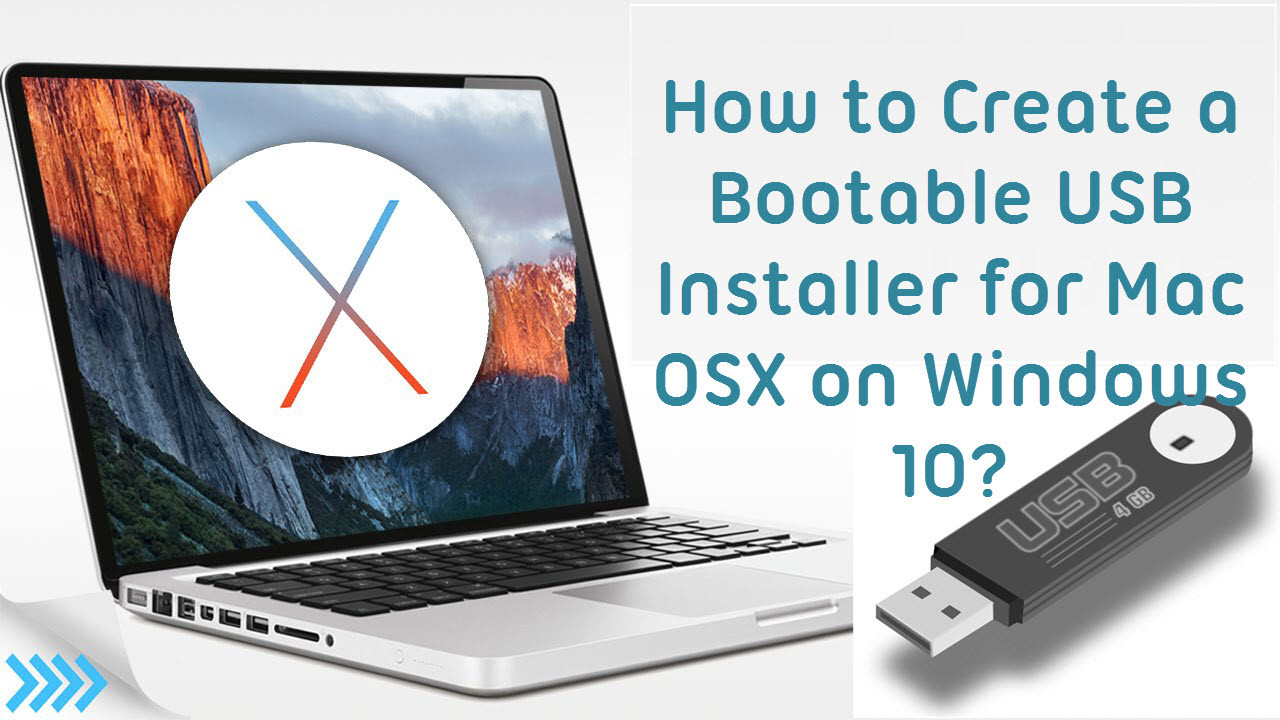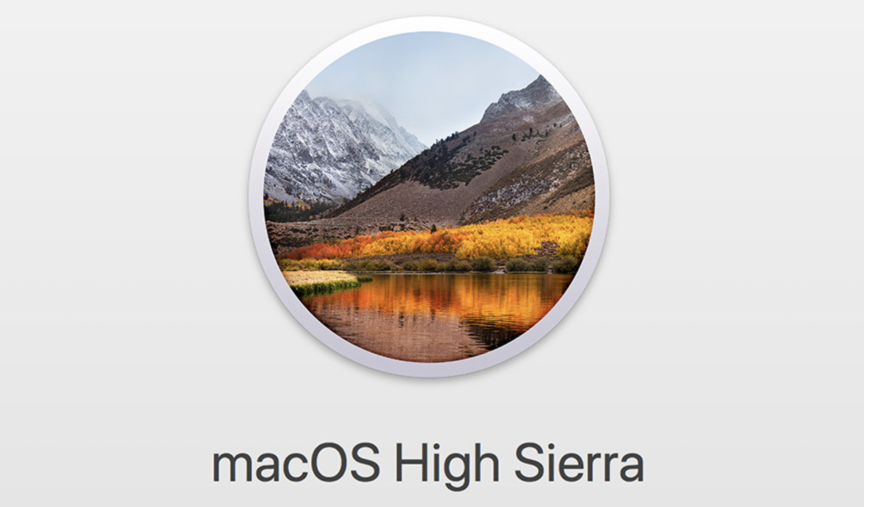

- CREATE BOOTABLE ISO ON USB FOR WINDOWS ON MAC SIERRA MAC OS
- CREATE BOOTABLE ISO ON USB FOR WINDOWS ON MAC SIERRA INSTALL
- CREATE BOOTABLE ISO ON USB FOR WINDOWS ON MAC SIERRA WINDOWS 10
- CREATE BOOTABLE ISO ON USB FOR WINDOWS ON MAC SIERRA PASSWORD
CREATE BOOTABLE ISO ON USB FOR WINDOWS ON MAC SIERRA MAC OS
If possible, I'd like to avoid updating to mac OS Catalina. I did a few more attempts (each time erasing and creating the bootcamp partition trying to create another USB tool), but always with the same result.Īny help in getting this to run is appreciated. In macOS the USB drive shows up without any problem.
CREATE BOOTABLE ISO ON USB FOR WINDOWS ON MAC SIERRA WINDOWS 10
Using this drive I was once able to boot into the Windows 10 Installation.So, since I have another device running Windows 10 available, I ended up installing Microsoft's MediaCreationTool and creating a FAT32-based bootable USB drive.The most promising attempt was the following: I did some research and it seems that ExFAT is not bootable? This resulted in the above error message. Tried to manually create the boot medium, using the above ISO-image, formatting the drive using ExFAT.This failed, because on the ISO-Image I have there is a file install.wim, which is too large for a FAT32-formatted drive. Tried to create a boot medium using Boot Camp assistant.The error message I get is No bootable device - insert boot disk and press any key.
CREATE BOOTABLE ISO ON USB FOR WINDOWS ON MAC SIERRA INSTALL
You can now quit Terminal and eject the volume.I'm trying to install Windows 10 in BootCamp on my 2012 Macbook Pro, running mac OS Sierra, but fail to boot from the USB drive on which the Windows install tools reside. When Terminal says that it's done, the volume will have the same name as the installer you downloaded, such as Install macOS Monterey.After the volume is erased, you may see an alert that Terminal would like to access files on a removable volume.Terminal shows the progress as the volume is erased. When prompted, type Y to confirm that you want to erase the volume, then press Return.Terminal doesn't show any characters as you type your password.
CREATE BOOTABLE ISO ON USB FOR WINDOWS ON MAC SIERRA PASSWORD
When prompted, type your administrator password and press Return again.* If your Mac is using macOS Sierra or earlier, include the -applicationpath argument and installer path, similar to the way this is done in the command for El Capitan. Sudo /Applications/Install\ OS\ X\ El\ Capitan.app/Contents/Resources/createinstallmedia -volume /Volumes/ MyVolume -applicationpath /Applications/Install\ OS\ X\ El\ Capitan.app Sudo /Applications/Install\ macOS\ High\ Sierra.app/Contents/Resources/createinstallmedia -volume /Volumes/ MyVolume Sudo /Applications/Install\ macOS\ Mojave.app/Contents/Resources/createinstallmedia -volume /Volumes/ MyVolume Sudo /Applications/Install\ macOS\ Catalina.app/Contents/Resources/createinstallmedia -volume /Volumes/ MyVolume Sudo /Applications/Install\ macOS\ Big\ Sur.app/Contents/Resources/createinstallmedia -volume /Volumes/ MyVolume

Sudo /Applications/Install\ macOS\ Monterey.app/Contents/Resources/createinstallmedia -volume /Volumes/ MyVolume


If it has a different name, replace MyVolume in these commands with the name of your volume. These assume that the installer is in your Applications folder, and MyVolume is the name of the USB flash drive or other volume you're using.


 0 kommentar(er)
0 kommentar(er)
